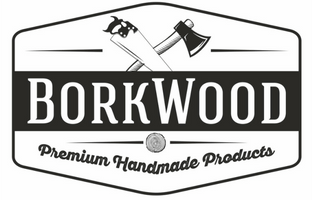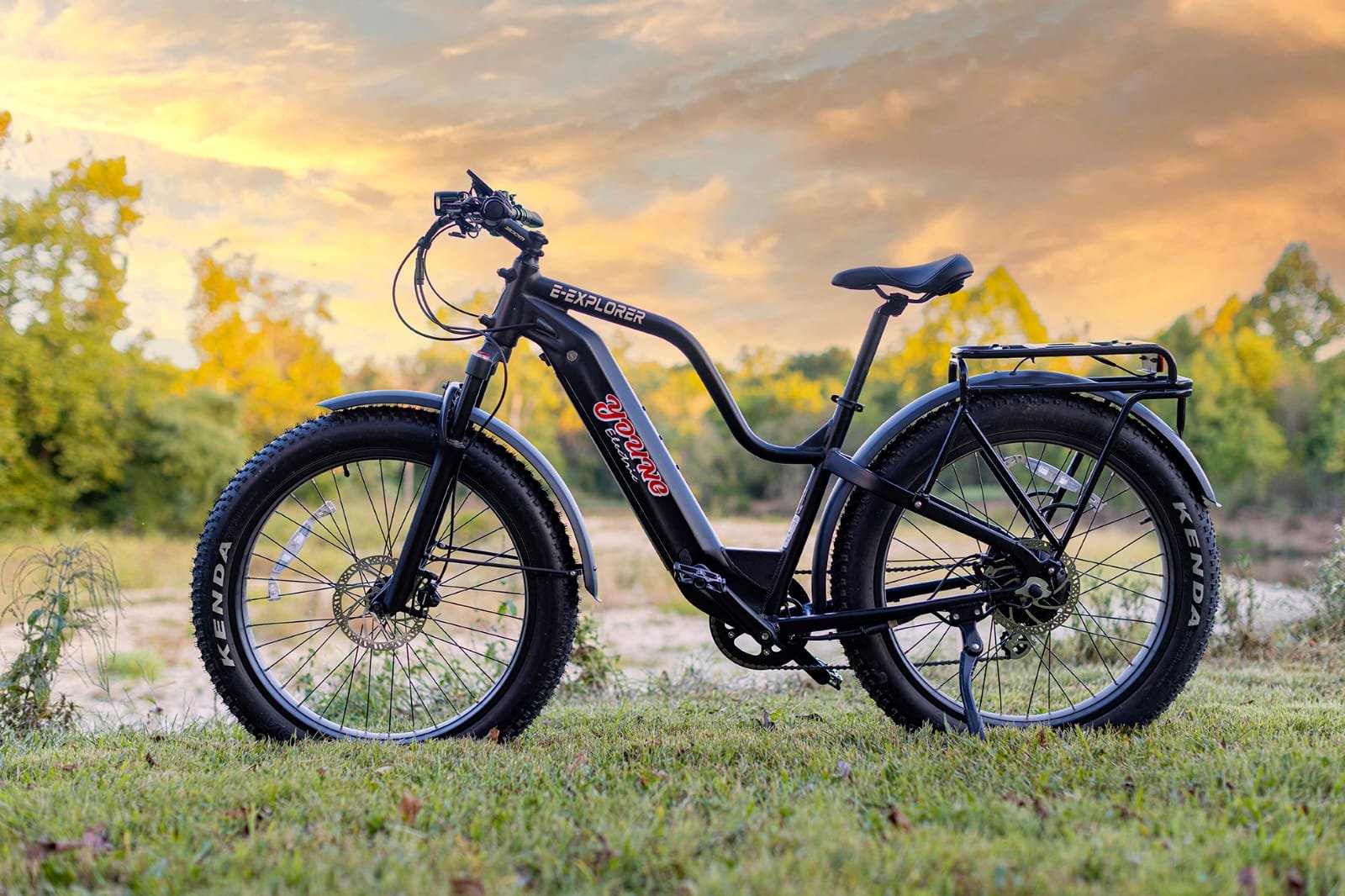How big is the profit margin of long range ebike
Electric bikes (e-bikes) have rapidly evolved into a mainstream mode of transportation, and among the most popular are long range ebikes. As more people prioritize environmental sustainability and cost-effective commuting solutions, the demand for long range e-bikes has soared. But one question looms large in the business landscape: how big is the profit margin of long range ebikes? This article will dive deep into the economics of e-bikes, specifically focusing on profit margins, market growth, and the factors that influence profitability.
Understanding the Profit Margins in the E-Bike Industry
Profit margins measure the percentage of revenue that exceeds production costs, serving as a crucial indicator of a business’s financial health. The e-bike market, particularly for long range ebikes, offers lucrative opportunities due to the growing demand for sustainable transportation. Profit margins in the e-bike industry vary based on several factors including manufacturing costs, technology integration, distribution, and marketing efforts.
Most long range e-bike manufacturers aim for a profit margin of around 20% to 40%. This number depends heavily on factors like economies of scale, supply chain efficiency, and brand value. High-end long range e-bikes with premium features and advanced battery technology often have higher profit margins due to their ability to command a premium price.
Factors Affecting Profit Margins of Long Range E-Bikes
- Battery and Motor Costs One of the biggest cost components in a long range ebike is the battery. The quality and capacity of the battery determine the bike’s range, and for long-range models, this is critical. Premium lithium-ion batteries, which offer longer-lasting performance, significantly impact production costs but also allow manufacturers to sell these bikes at higher prices.
Motors also play a role, with more powerful motors required for long range e-bikes to ensure smooth rides over extended distances. Higher-grade motors can boost overall production costs, but like batteries, they also allow for a higher sales price, which can positively impact profit margins. - Technology Integration Long range e-bikes often come with sophisticated technology, such as integrated GPS systems, advanced control units, and regenerative braking systems. While these features increase the appeal of the bike, they also add to production costs. However, technology-savvy consumers are willing to pay a premium for these features, thus allowing manufacturers to maintain healthy profit margins despite the additional expenses.
- Branding and Marketing Branding plays a significant role in determining the profit margin of long range ebikes. Well-known brands can command higher prices and maintain larger profit margins than lesser-known or emerging brands. Marketing efforts, distribution networks, and after-sales services all contribute to the overall profitability of the company.
- Manufacturing and Assembly The efficiency of the manufacturing process directly influences production costs and thus the profit margin. Larger manufacturers benefit from economies of scale, as they can produce long range e-bikes at lower unit costs. On the other hand, smaller manufacturers may face higher per-unit costs, resulting in slimmer profit margins.
- Supply Chain Management Effective supply chain management is crucial for maintaining healthy profit margins. With proper logistics, companies can minimize transportation costs, reduce the risks of supply delays, and maintain optimal inventory levels. Supply chain disruptions, such as those experienced during the COVID-19 pandemic, can significantly affect the profitability of long range e-bikes by increasing costs.
- Retail Markups Retailers also play a role in shaping the final price and profit margins of long range ebikes. The typical markup for e-bikes at retail outlets can range from 30% to 50%. However, direct-to-consumer sales, a model adopted by many e-bike brands, can eliminate some of these additional costs and allow manufacturers to keep a higher share of the profit.
Profit Margins in Different Price Segments
- Entry-Level Long Range E-Bikes Entry-level long range ebikes are priced between $1,000 and $2,000. These models usually feature basic battery capacities and motor systems, allowing manufacturers to maintain a profit margin of around 20% to 30%. Although the price point is lower, the high demand for affordable long-range commuting solutions allows manufacturers to sell large quantities, offsetting the lower individual profit margin.
- Mid-Range Long Range E-Bikes Mid-range models, typically priced between $2,000 and $3,500, offer better battery performance, more powerful motors, and advanced features like app connectivity. The profit margins for these models tend to be in the 30% to 40% range, as the higher price point allows for a larger mark-up without significantly increasing production costs.
- High-End Long Range E-Bikes Premium long range e-bikes cost anywhere from $4,000 to $10,000. These models are equipped with top-of-the-line technology, powerful motors, and high-capacity batteries. As a result, these e-bikes command the highest profit margins, sometimes exceeding 50%. The premium price reflects not only the high production costs but also the brand value and additional features that attract high-end consumers.
Market Growth and Future Profitability of Long Range E-Bikes
The e-bike market, particularly for long range ebikes, is experiencing rapid growth. According to industry reports, the global e-bike market was valued at approximately $35 billion in 2021 and is expected to grow at a compound annual growth rate (CAGR) of over 7% between 2022 and 2030. The rising demand for environmentally friendly and cost-effective transportation solutions is driving this growth.
As the market expands, companies that manufacture and sell long range e-bikes are in an excellent position to increase their profitability. With advancements in battery technology and the growing consumer interest in electric transportation, the profit margins of long range ebikes are expected to remain strong, if not improve, over the coming years.
Challenges to Profitability
Despite the profitability of long range e-bikes, there are some challenges manufacturers face:
- Increased Competition: As more companies enter the market, competition is intensifying. New entrants are often forced to lower prices to gain market share, which can put downward pressure on profit margins.
- Technological Advancements: While technological improvements are beneficial, they also come with higher research and development costs. Companies must strike a balance between offering cutting-edge features and keeping their profit margins intact.
- Supply Chain Disruptions: Any disruptions in the supply chain, especially for crucial components like batteries and motors, can increase production costs and negatively impact profit margins.
Conclusion
So, how big is the profit margin of long range ebikes? The answer depends on several factors, including manufacturing efficiency, technology integration, branding, and market demand. Profit margins for long range e-bikes generally range from 20% to 50%, depending on the price segment and business model. As the demand for sustainable transportation continues to grow, manufacturers are likely to see sustained profitability in the long range e-bike market, with the potential for further growth as the market matures and new technologies emerge.
FAQs
-
What is the average profit margin for long range e-bikes?
- The average profit margin for long range e-bikes ranges from 20% to 50%, depending on the brand and price segment.
-
Are long range e-bikes more profitable than regular e-bikes?
- Yes, long range e-bikes often have higher profit margins due to their premium features and higher price points.
-
How does battery technology affect the profit margin of long range e-bikes?
- Battery technology plays a critical role in production costs. Higher-quality batteries increase production costs but allow manufacturers to command higher prices and maintain strong profit margins.
-
Can small manufacturers make a profit in the long range e-bike market?
- Small manufacturers can be profitable, but they may face challenges in achieving economies of scale, which can reduce their profit margins.
-
What factors could reduce the profit margin of long range e-bikes?
- Increased competition, supply chain disruptions, and rising production costs can reduce the profit margin of long range e-bikes.







